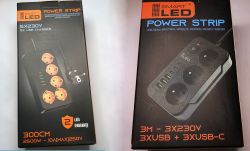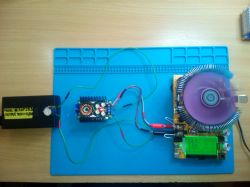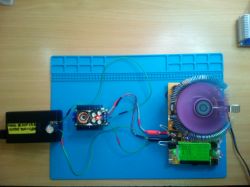brofran wrote: It is also problematic to power the converter from a switching power supply.
And why should the inverter have a problem? I power from impulse 24V / 96W, I added only 1000uF on the output and input of the converter and I used the laptop on it without any problems.
When the power supply fell, it was probably not of good quality. I would not see the culprit in the inverter itself.
Added after 1 [minutes]: arturavs wrote: I do not mean "turning" this converter module to a higher current, but adding an additional transistor, replacing the choke to get 20A.
The capacitors are also worthwhile, necessarily heatsinks and ... In fact, you will build a new converter

I don't know if there is any point in having fun.
Added after 58 [seconds]: sylweksylwina wrote: Voltage regulation works, but current regulation does not (current flows even higher than the nominal maximum). What could be damaged?
I suspect a break ...
The entire converter module has one terrible drawback - the break in the control (resistors) is the maximum voltage / maximum current.










